Tailored for present air combat scenarios, let’s Delve into the Best of the METEOR Missile in Detail. The next-generation beyond-visual-range Fox-3 air-to-air missile aims to completely transform air-to-air combat in the 21st century. Six nations collaborate, sharing a common objective to thwart both current and emerging threats through the application of METEOR missiles.
Developed by the European missile manufacturer MBDA, METEOR is renowned for its unparalleled range, speed, and precision. Utilizing an advanced active radar seeker and inertial navigation, it can engage targets at extended distances with a high probability of success. The missile incorporates a dual-pulse rocket motor, enabling it to cover long ranges while maintaining agility through its thrust-vectoring control to provide high lethality against fast and manoeuvring targets.
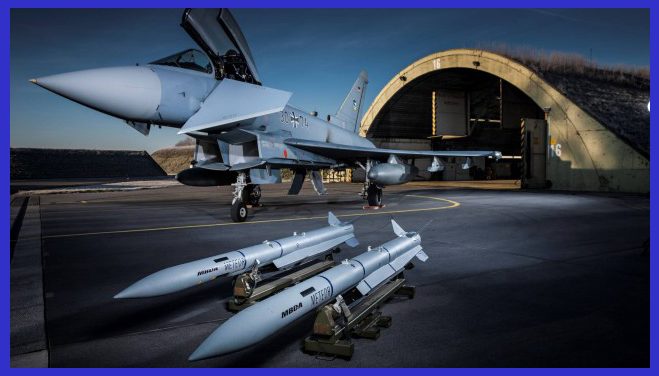
Furthermore, METEOR’s unique “ramjet” propulsion system enhances its kinematic performance, allowing for exceptional manoeuvrability even at the limits of its range. Its advanced radar technology, combined with data-link capabilities, provides real-time updates, ensuring accurate targeting information. METEOR represents a significant advancement in long-range air-to-air missile technology, offering superior capabilities to air forces for securing air superiority in contemporary aerial warfare.
The Meteor missile showcases an impressive range of nearly 200 kilometres and can achieve speeds of Mach 4, solidifying its position as one of the world’s most advanced air-to-air missiles. Its adaptability is underscored by its integration capabilities with various aircraft, including the Eurofighter Typhoon, Dassault Rafale, and Saab Gripen. Plans are in place for future integration with advanced platforms such as the Lockheed Martin F-35 Lightning II and the South Korean KAI KF-21 Boramae.

Guided by sophisticated inertial guidance, mid-course updates via datalink, and in the terminal phase by utilizing its active radar homing, the Meteor ensures all-weather capability, enabling engagement with a diverse array of targets, from nimble fast jets to small Unmanned Aerial Vehicles and cruise missiles. Engineered to meet stringent standards, the missile remains effective even in challenging clutter and countermeasure environments.
Additionally, the Meteor is equipped with data link communication, addressing the demands of a network-centric environment. This feature empowers the Meteor to operate seamlessly with third-party data, providing the pilot with a highly flexible weapon system.

Meteor achieves its exceptional performance through its distinctive ramjet propulsion system – a solid fuel, variable flow, ducted rocket. This ‘ramjet’ motor furnishes the missile with thrust throughout the entire target intercept, establishing the most extensive No-Escape Zone among all air-to-air missiles. To ensure comprehensive target destruction, the missile is equipped with both impact and proximity fuses, along with a fragmentation warhead that detonates either on impact or at the optimal point of intercept to maximize lethality. It offers a multi-shot capability, allowing for multiple launches against various targets, and demonstrates the capacity to engage highly manoeuvrable targets.
Meteor has been collaboratively developed by a consortium of European partners, spearheaded by MBDA, to address the operational requirements of six European nations: the United Kingdom, Germany, Italy, France, Spain, and Sweden. Simultaneously, it is tailored for integration into the French Air and Space Force, the Navy’s Dassault Rafale, and the Eurofighter Typhoons of the Royal Air Force, German Air Force, Italian Air Force, and Spanish Air Force. The Meteor missile is also designated for deployment on British and Italian F-35 Lightning IIs and has garnered international interest, being exported to various customers employing the Rafale, Typhoon, and Gripen aircraft.
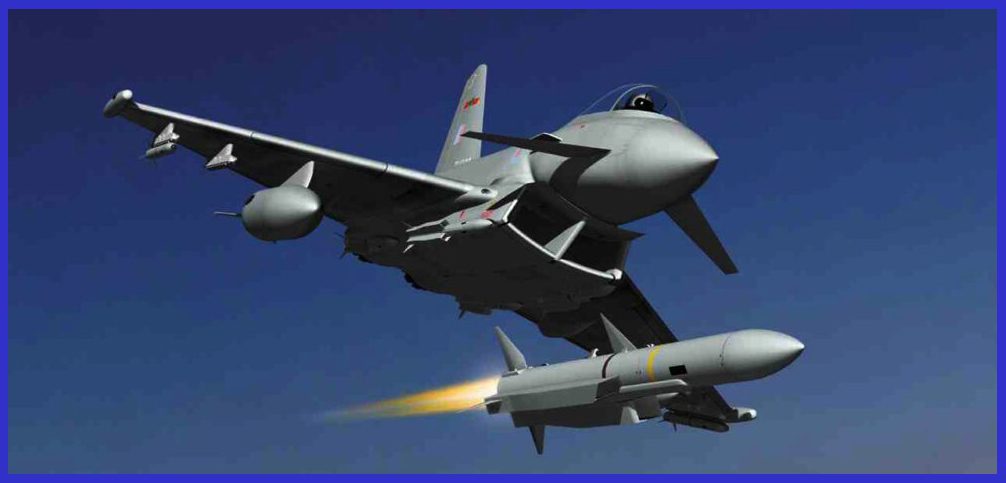
Establishment of MBDA and Procurement of Meteor Missiles
MBDA was established in December 2001 through the amalgamation of major French, British, and Italian missile systems companies: Matra, BAe Dynamics, and Alenia. At the Paris Air Show in 2001, defence ministers from France, Sweden, and the UK formalized their commitment to the Meteor program by signing a Memorandum of Understanding. Ongoing negotiations aimed at finalizing a smart procurement contract.
The other industrial partner nations, namely Germany, Italy, and Spain, expressed their intent to sign within a few weeks, citing procedural delays in their national procurement systems. Subsequently, after parliamentary approval in August, Italy officially signed the Memorandum on September 26, 2001, anticipating a procurement of approximately 400 missiles. Spain followed suit on December 11, 2001.

Germany’s financial contribution to the program was deemed indispensable, but development faced over two years of challenges due to the recurring failure of the German defence budget committee to approve funding. The repeated setbacks hindered progress, as the German propulsion system was considered crucial for the realistic advancement of Meteor, prompting MBDA to fund the project from its resources during this hiatus.
Subsequently, Germany outlined two conditions for participation: the UK placing a contract for the weapon and MBDA ensuring a guaranteed level of performance. Both conditions were successfully met by April 30, 2002. Finally, in December 2002, Germany approved project funding while concurrently reducing its planned acquisition from 1,488 to 600 missiles.
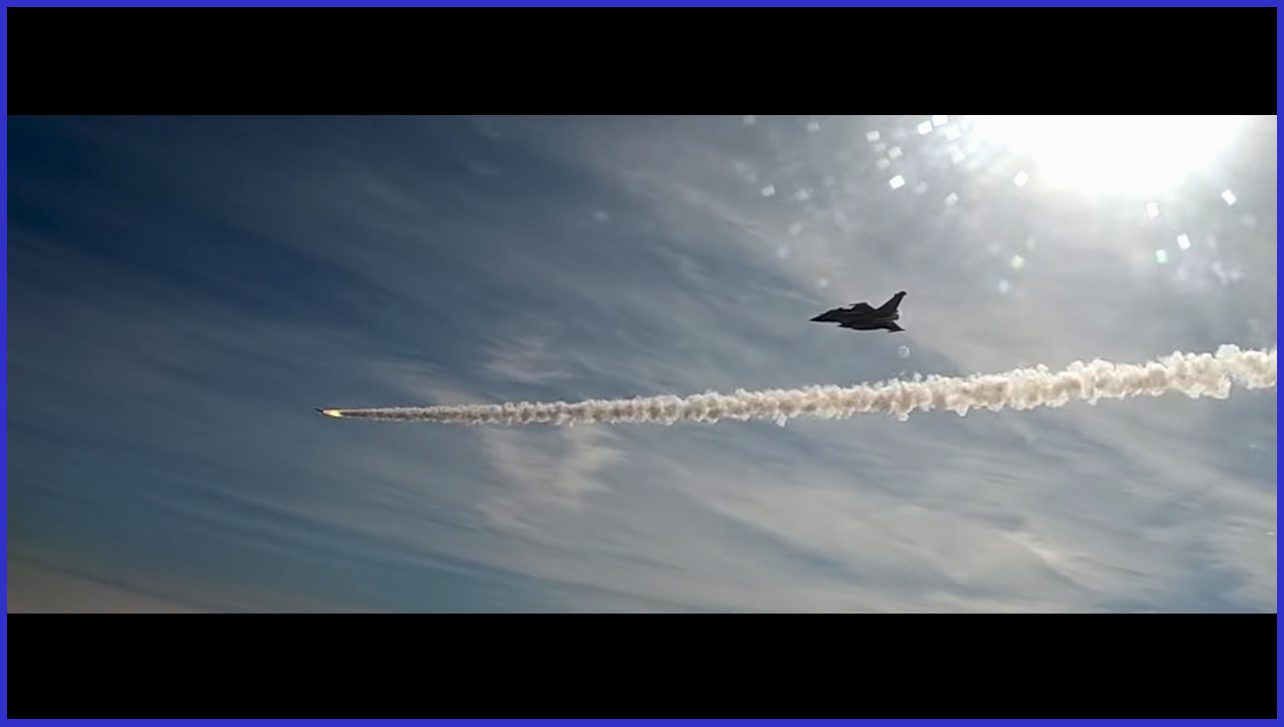
The comprehensive initiation of Meteor’s full-scale development and production commenced in 2003, marked by the signing of a substantial £1.2 billion contract. The United Kingdom facilitated this contractual agreement on behalf of the collaborative effort involving France, Germany, Italy, Spain, Sweden, and the UK. This significant milestone underscored the collective commitment and robust determination of the partner nations toward achieving the overarching objective of advancing the Meteor missile program.
- Supreme dominance in the air
- Large No Escape Zone: much times greater than the MRAAM of today
- Efficient functioning in congested electronic warfare settings
- Cutting-edge technologies made available by the six European industrial partner countries
- Scheduled for deployment on the Dassault Rafale, SAAB Gripen, Typhoon and F-35 Lightning II
The allocation of the program’s percentage share to each partner nation has undergone multiple adjustments throughout the years. When Germany opted to decrease its planned acquisition, it led to a redistribution of shares. Consequently, the UK assumed a 5% increase from Germany, resulting in the UK holding 39.6%, while Germany’s share was adjusted to 16%.
France is contributing 12.4%, Italy 12%, and Sweden and Spain are both allocated 10% each in funding for the program. These changes reflect the evolving dynamics and contributions of the partner nations to the collaborative initiative.
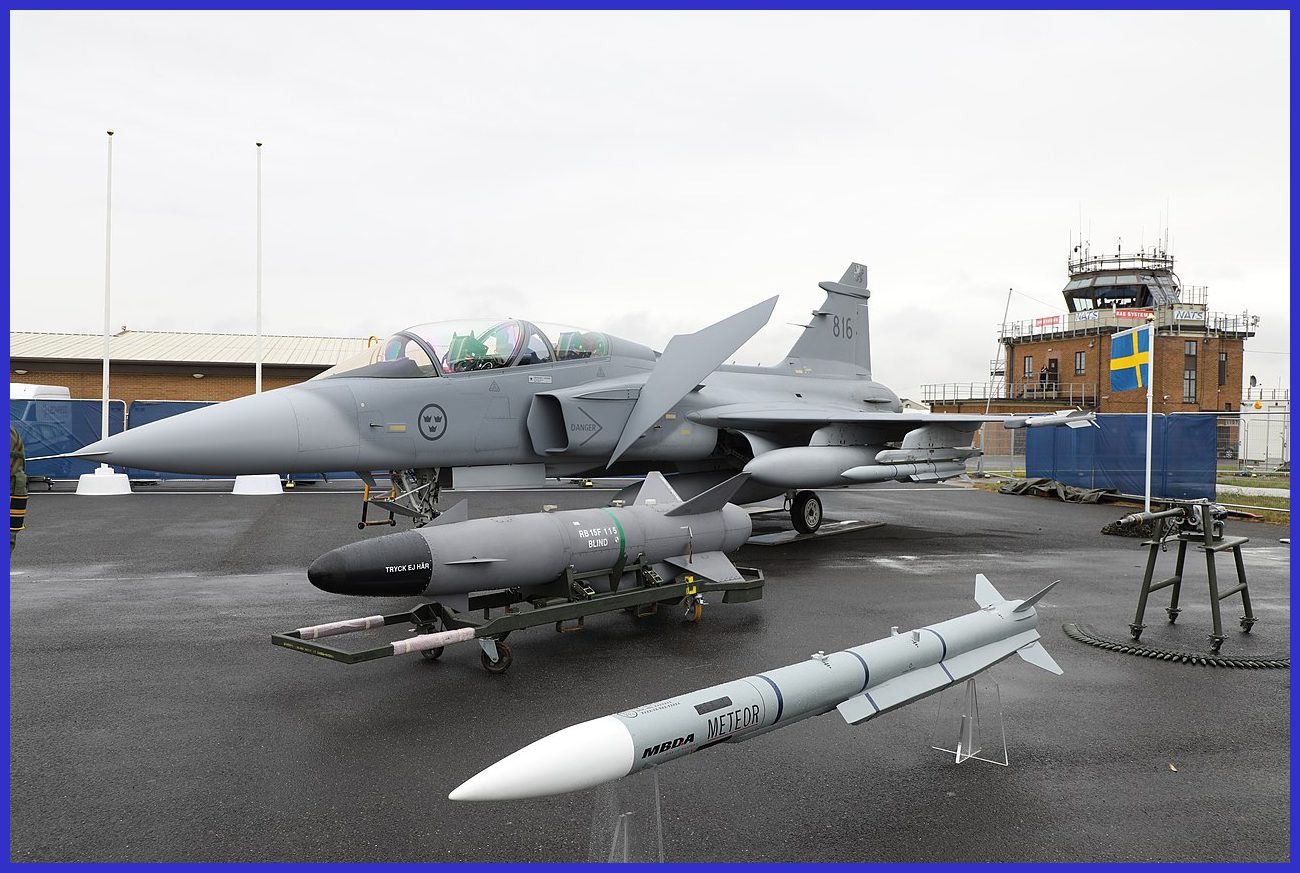
Prospects for Future Development of the Meteor Missile
As is typical with advanced military technology, it is apparent that there will be ongoing development of the Meteor missile to improve its capabilities and performance. MBDA is presently engaged in the integration of the Meteor onto the F-35 by 2027, specifically for the UK and Italian Air Forces, and there is potential for other nations, such as the Korean KAI KF-21 Boramae, to adopt the system.
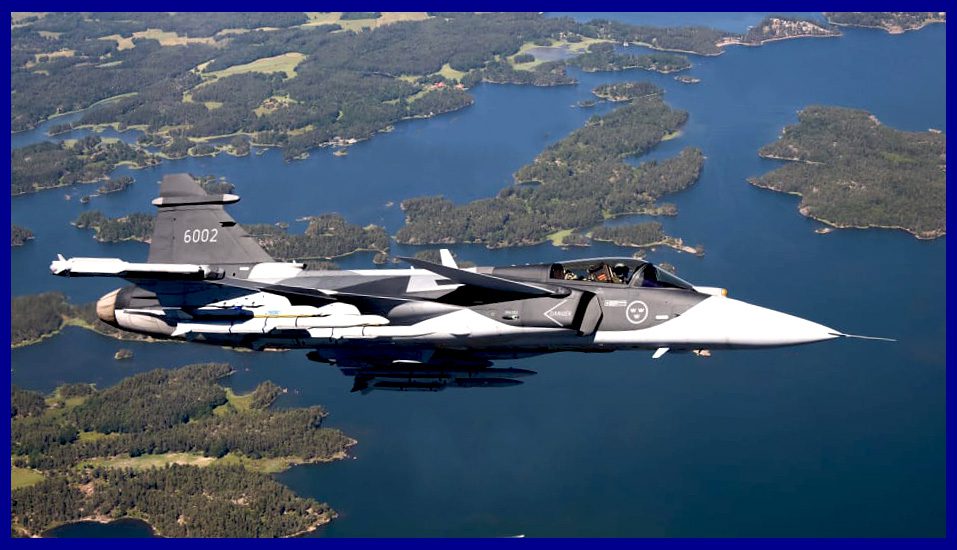
The suitability of the Meteor within the internal weapons bays of the F-35 has been confirmed. While it aligns with the aircraft’s internal air-to-ground stations (rack), adjustments to the fin shape are necessary for compatibility with the air-to-air stations, which will be installed as part of a “role change kit.” Thus, it can be inferred that ongoing design modifications to the fin and air intake door of the missile are currently underway.
- Reduced Size and Weight: Advances in materials and miniaturization could lead to lighter and more compact missile designs, providing more flexibility for deployment on a variety of platforms. Another potential area of development could be to integrate the Meteor missile with new platforms, such as unmanned aerial vehicles (UAVs) or hypersonic aircraft, to increase its flexibility and versatility.
- Improved Seeker Technology: Future METEOR variants might incorporate advancements in radar and infrared seekers, enhancing target detection and discrimination capabilities.
- Extended Range and Speed: Continuous efforts may focus on extending the missile’s range to 300 km and increasing its speed to ensure compatibility with evolving threats and maintain air superiority.
- Adaptive and Network-Centric Warfare: Integration with network-centric warfare systems could be a priority, allowing METEOR to receive and share real-time data with other platforms, improving situational awareness and cooperative engagement capabilities.
- Enhanced Maneuverability: Ongoing research may aim at improving the missile’s agility and manoeuvrability to counter advanced and evasive aerial threats.
- Electronic Warfare Resilience: Future METEOR missiles may incorporate technologies to enhance resistance against electronic countermeasures, ensuring reliable performance in contested and electronic warfare environments.
- Artificial Intelligence Integration: Integration of artificial intelligence (AI) could enable METEOR to adapt its behaviour based on the evolving threat landscape, making it more effective in dynamic scenarios.
Overall, even though precise information regarding the Meteor missile’s future development is not available to the general public, it is reasonable to assume that efforts to improve the missile’s performance and capabilities will continue to keep it among the most sophisticated and potent air-to-air missiles in the world, for sure.
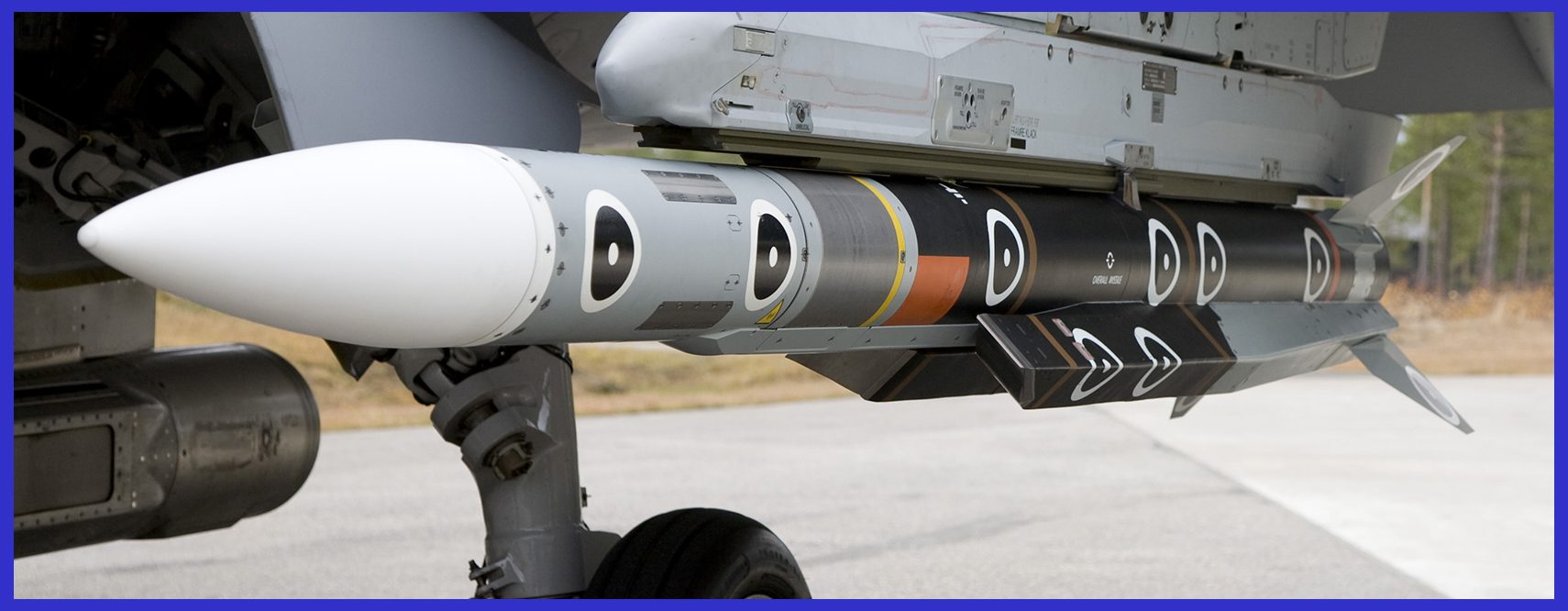
Collaborative Development of the Joint New Air-to-Air Missile (JNAAM)
In 2014, MBDA UK entered into a collaborative research agreement with Japan to explore a Meteor-derived missile. A spokesperson from the Ministry of Defense in Japan officially confirmed on January 14, 2016, that both Japan and the United Kingdom were set to co-develop a Joint New Air-to-Air Missile (JNAAM), leveraging the synergy between the UK’s missile-related technologies and Japanese seeker technologies.
To overcome size constraints within the weapons bay of the Japanese F-35, the active electronically scanned array (AESA) seeker from the Mitsubishi Electric AAM-4B would be seamlessly integrated into the Meteor configurations. The seeker’s construction would employ gallium nitride modules to strike a balance between miniaturization and performance enhancement. The inaugural launch test with a British fighter jet is slated to occur between 2023 and 2024. JNAAM is anticipated to emerge as the second iteration of the original Meteor design.
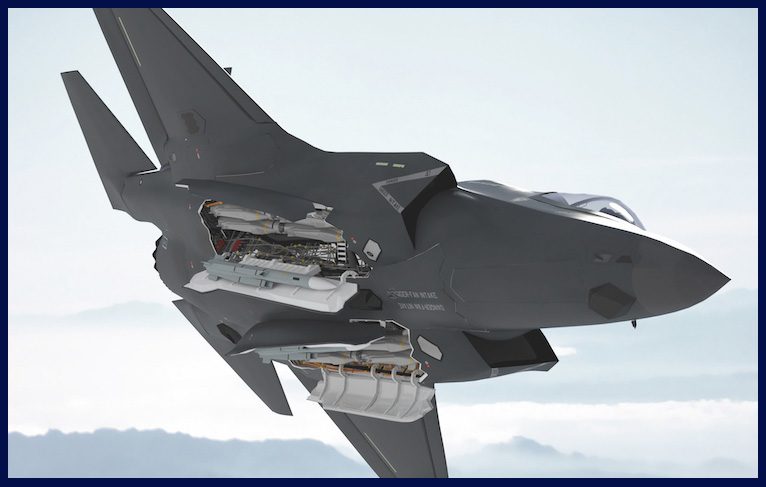
Specifications of the Meteor-Beyond Visual Range Air-to-Air Missile (BVRAAM)
- Weight: 190 kg (419 lb)
- Length: 12 ft (3.7 metres)
- Diameter: 7 inches ( 178 mm )
- Warhead: High Explosive Blast Fragmentation
- Detonation: RF Proximity / Impact fuse
- Seeker: Active RF
- Engine: Solid fuel throttleable ducted rocket (kind of Ramjet)
- Range: Max_ 200+ km (110 nmi), and No Escape Zone_ 60km (32 nmi)
- Speed: Mach 4
- Guidance: Inertial guidance, Mid-course update by data link and Terminal Active Radar Homing
- Launch Platform: Eurofighter Typhoon, Dassault Rafale, Saab Gripen, KAI KF-21 Boramae and Lockheed F-35.
International Operators of the MBDA Meteor Missile
The MBDA Meteor missile is primarily operated by several European countries, including those actively involved in the system’s development: the United Kingdom, Germany, Italy, France, Spain, and Sweden. Additionally, as of 2023, other international operators of the missile include Brazil, Croatia, Greece, India, and Qatar. In the near future, Hungary, Saudi Arabia, and South Korea are slated to integrate the missile into their inventories within their allocated time frames.
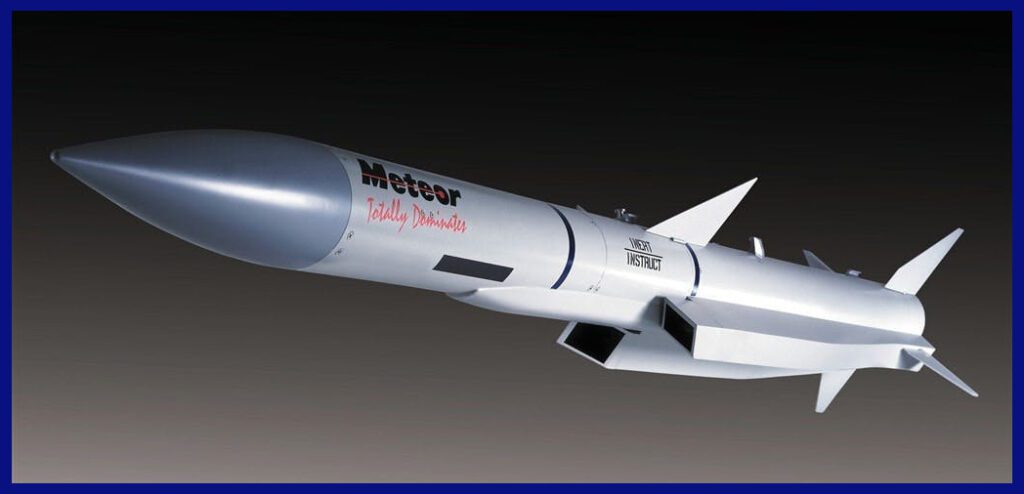
Alongside this article, seize the exclusive opportunity to acquire premium 1/72 scale diecast models of legendary fighter jets, such as the General Dynamics F-111, Mikoyan-Gurevich MIG-25 Foxbat, Panavia Tornado GR.4, and Dassault Rafale. Available only at Air Models, these international masterpieces embody sheer excellence. These remarkable and iconic long-range military fighters boast impeccable track records and are now available for purchase on AirModels with worldwide delivery. Click here now to secure your piece before the limited stock is depleted.
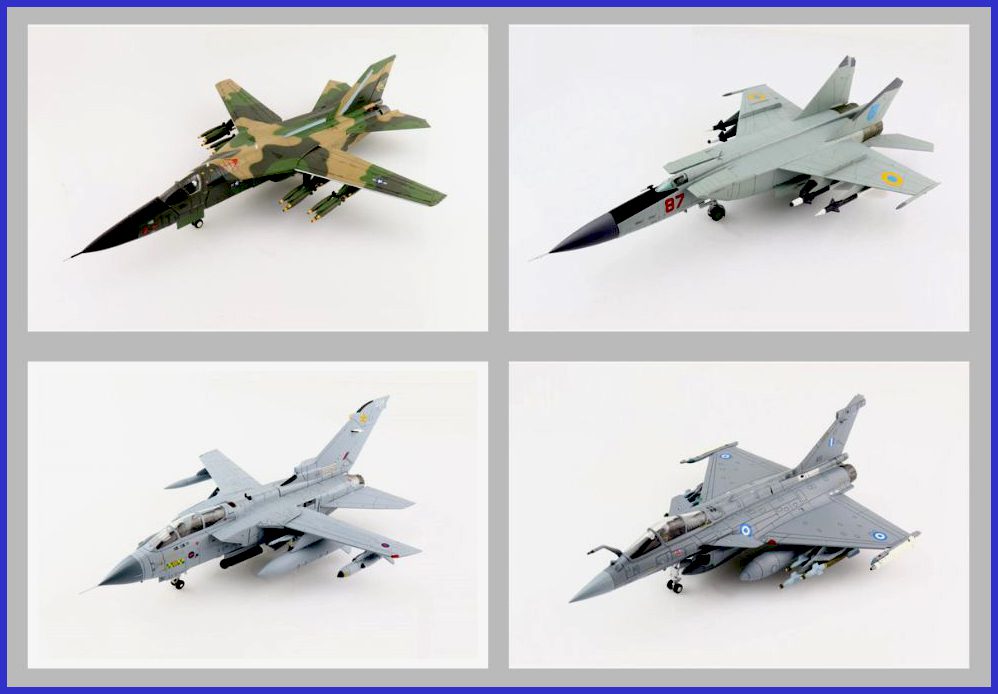
In summary, the Meteor missile stands as a highly sophisticated and efficient air-to-air weapon adopted by various air forces worldwide. Crafted to deliver exceptional lethality against agile and manoeuvrable targets, it incorporates cutting-edge technologies, including an active radar seeker, a two-way datalink, and thrust-vectoring controls, contributing to its outstanding performance.
Undoubtedly, the Meteor missile plays a pivotal role in the arsenals of air forces utilizing it and is poised to maintain its significance in air-to-air combat in the foreseeable future. Looking ahead, advancements in seeker technology, increased range, and seamless integration with evolving defence systems could further amplify the already remarkable capabilities of the METEOR.
Beyond showcasing the unwavering commitment to excellence in military technology, this missile epitomizes the collaborative endeavours of the international defence community, ensuring the safeguarding of airspace security and stability in our ever-evolving global landscape.

Important Announcement for Our Valued Readers!
After an article is published, it is possible that updates or changes may have occurred beyond the time of publication. Therefore, it is important to be aware that certain information in the article might be outdated. To ensure the most accurate analysis, it is highly recommended to verify the content with the latest sources available.
However, we are dedicated to delivering outstanding articles on military products and global updates. Maintaining quality and smooth operation requires resources. Your support sustains our efforts in providing insightful content. By purchasing high-quality products through our affiliated links, you help us keep our platform alive and acquire top-notch items. Your unwavering support is invaluable and inspires us to strive further.
We welcome your suggestions and requests for more information, as we value feedback from our readers. If there’s specific defence material or equipment not covered on our site, please share your request in the comments. We’ll strive to research and provide the required information. We sincerely thank you for your unwavering interest in our website, and we eagerly anticipate hearing from you! Enjoy your reading experience!
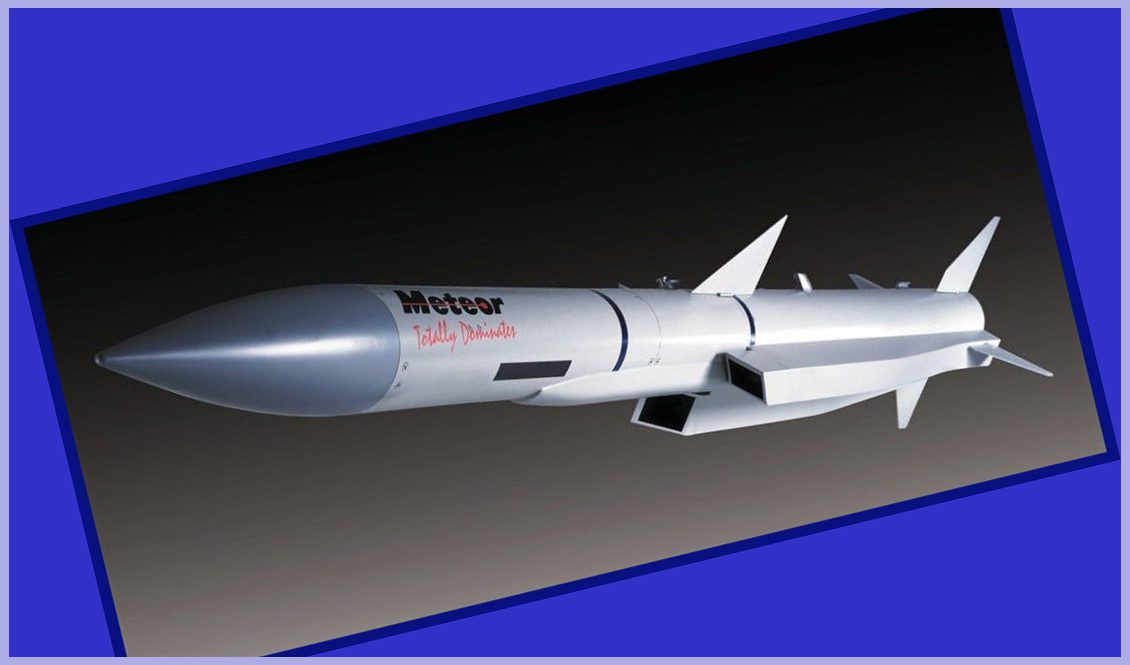
1 thought on “Delve into the Best of the METEOR Missile in Detail”